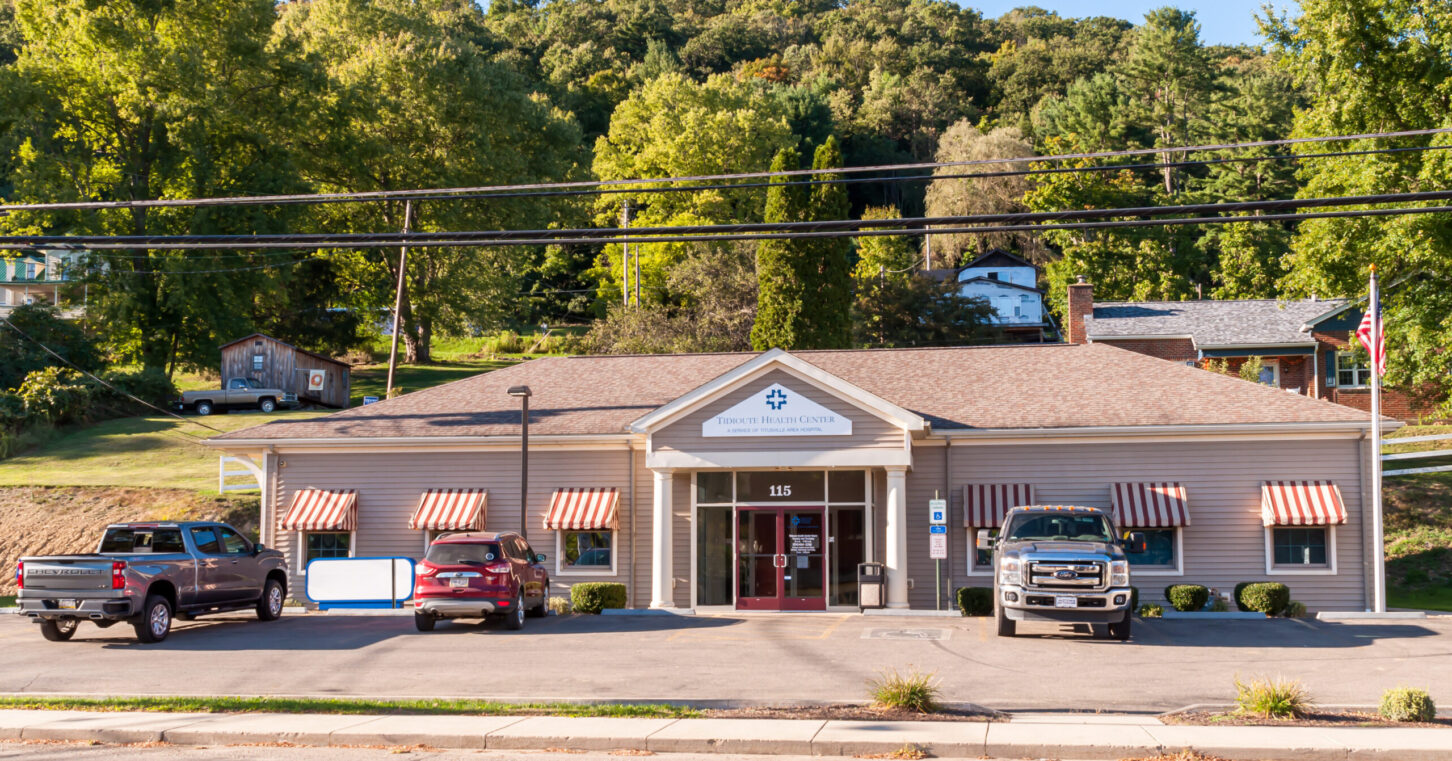
In 2013, there were six Georgia counties that did not have a single physician.
Roughly a decade later – despite targeted state programs to address this problem such as increased tax credits and loan repayments, state funded residency slots and the establishment of rural primary care programs at the Mercer School of Medicine and Medical College of Georgia – the number of Georgia counties without a physician had increased to nine.
Unfortunately, the residents of Echols, Taliaferro, Treutlen and Webster Counties appeared on both lists.
When it comes to pediatric and maternal health providers, the numbers are even more dire.
82 counties do not have an OB/GYN and 65 counties do not have a pediatrician.
Sadly, this issue is not confined to sparsely populated areas – at least a portion of 149 of the state’s 159 counties are designated as a Primary Care Health Professional Shortage Area (HPSA) by state and federal agencies.
The forecast doesn’t appear any better. Georgia, which has roughly 28,000 physicians currently practicing, is projected to need over 8,000 more physicians – including almost 2,100 primary care physicians alone – by 2030 just to maintain its current physician-to-patient ratio, which is already 23% worse than the national average. But as our overall population ages, and more physicians reach retirement age, that need could grow, especially if Georgia continues to add close to a million more residents per decade.
Since it takes years to educate and train a physician, what steps can policymakers take to try and address this physician shortage?
First, the state should create an expedited pathway for foreign-trained physicians who are currently licensed to practice in another country and are in good standing. As it currently stands, these physicians are required to complete a multiyear residency before they are allowed to practice in Georgia. Six states, including Tennessee and Florida, have already passed a version of this legislation into law; a bill that would have done the same in Georgia failed to pass this year.
While these qualified physicians are allowed to bypass the domestic residency training requirement, they are still required to pass all of the required U.S. medical exams first. After they become certified, they receive a provisional license to practice for an eligible hospital or other provider. However, this way they are not competing against domestic medical school graduates for residency training they have already completed elsewhere.
This is important because not only is residency training a repetitive step for these physicians, but the U.S. currently does not have enough residency slots for domestic medical school graduates to match annually.
Which leads to the second step that policymakers can take. Seven states have enacted a program for medical school graduates who do not match as residents. Assistant physicians, or APs as they are known, are supervised by a licensed physician and typically provide care and bill patients like a physician assistant (PA) would.
Missouri, which passed this law in 2014, allows these assistant physicians to practice in rural or underserved areas as long as they reapply every year. Other states have enacted time limits on their ability to practice as APs. Seven states currently have a version of this law.
Again, for these physicians, the failure to match is through no fault of their own. The federal government has failed to increase the funding for additional residency slots at the same rate as medical school graduates.
Lastly, while nurse practitioners remain an essential part of the healthcare workforce, Georgia does not appear likely to join the 28 states that have granted NPs full practice authority for primary care any time soon.
Consequently, the state should consider an appropriation for a supervising physician program through its medical schools that would allow nurse practitioners and physician assistants to provide primary care in these counties that persistently do not have a physician. This arrangement would allow patients direct access to a healthcare provider in their own community – and physician supervision would remain in place for those concerned about scope of practice regulations.
For over a decade now, Georgia policymakers have been both thoughtful and innovative in their approach to addressing healthcare in rural and underserved communities. These policies outlined not only represent steps that can be taken to help alleviate the existing provider shortage, but help account for the deficit that is projected to come.